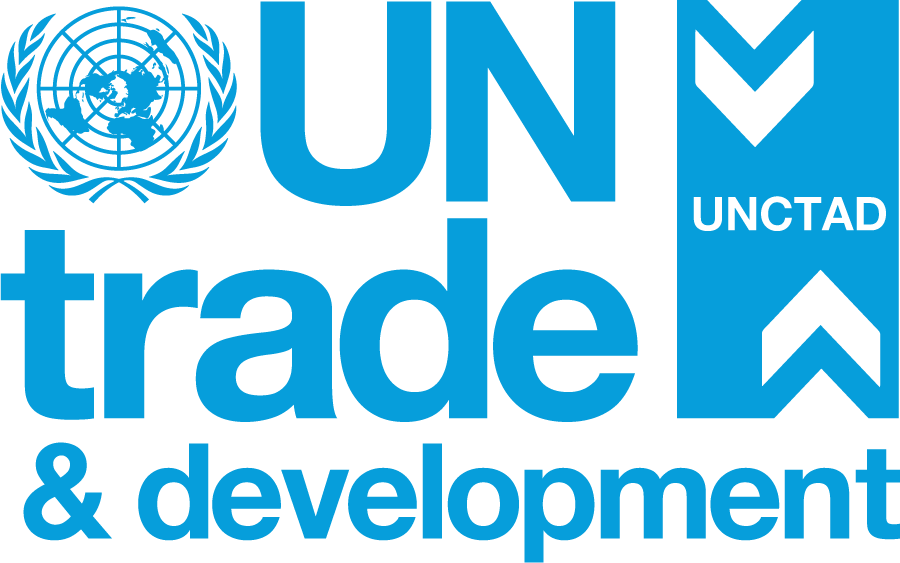
The global investment landscape is at a critical point. Despite various commitments and frameworks aimed at financing sustainable development, international investment in the Sustainable Development Goals (SDGs) remains inadequate.
A widening infrastructure financing gap
Many of the poorest countries continue to miss out on essential funding, as they currently face an annual SDG financing gap of $4.3 trillion, primarily in infrastructure.
This gap is expanding due to geopolitical instability, macroeconomic uncertainty, and fiscal pressures, with renewable energy investments alone accounting for $2.2 trillion per year.
The global infrastructure investment shortfall is expected to exceed $15 trillion by 2040, highlighting a significant challenge ahead.
The need for innovative financing and new investment models
Addressing this issue demands innovative financing mechanisms. Public-private partnerships (PPPs) have been suggested as a way to mobilize long-term private investment and expertise in countries with fiscal constraints and limited borrowing capacity.
However, recent research shows that foreign direct investment (FDI) through PPPs is not increasing quickly enough to meet sustainable development goals, particularly in vulnerable economies.
The "Compromiso de Sevilla," adopted at the 4th International Conference on Financing for Development, emphasizes the need to rethink investment models. It calls for partnerships that align with national development strategies and prioritizes long-term impact over short-term gains.
How private capital can support SDG-aligned infrastructure
This report aims to understand how private capital can support SDG-aligned infrastructure by addressing key questions, including:
- What does the current landscape of private capital investment in infrastructure look like concerning the SDGs?
- What factors influence the success or failure of PPP models across regions and sectors?
- How do domestic and international policies impact PPP outcomes?
The report identifies barriers to FDI in PPPs, assesses common challenges in international projects and evaluates the role of multilateral development banks and international financial institutions in reducing costs and mobilizing investment.
International PPPs: Trends, challenges and opportunities
Focusing specifically on international PPPs, the report is structured as follows:
- The introductory section provides the analytical foundation for the report and its conceptual framework, explains the distinction between domestic and international PPPs, and describes the datasets used for the research. It also delimits the scope of the analysis.
- Part 1 reviews the international PPP landscape, tracing its evolution and identifying current trends across regions, income groups, and sectors.
- Part 2 explores key features of international PPPs, focusing on the use of diverse de-risking mechanisms and the prominent roles played by governments and development finance
- Part 3 examines the main challenges hindering the growth of international PPPs, including the high cost of capital, operational and financing setbacks, and legal and dispute settlement risks. It highlights how blended finance and technical support help address these constraints.
- The final section presents policy implications and recommendations.


